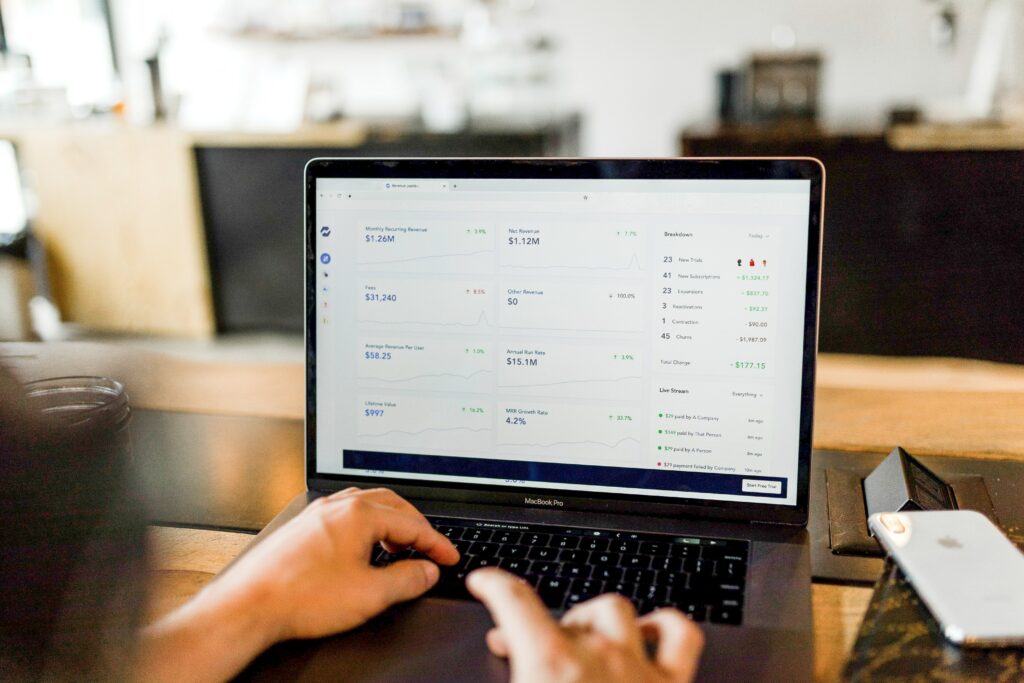Local businesses can’t afford to overlook the potential of Pay-Per-Click (PPC) advertising. With customers increasingly relying on online search for their needs, mastering local PPC can be a game-changer for businesses of all sizes. Local PPC allows you to specifically target potential customers in your vicinity, whether you’re a brick-and-mortar store, a service provider, or an online business with a local presence.
This blog post will walk you through the essential steps to create and optimize a local PPC campaign that reaches customers in your area effectively. By the time you finish reading, you’ll have a clear understanding of how to leverage this powerful advertising tool to grow your business within your community.
Keyword Research for Local PPC
The foundation of any successful PPC campaign is keyword research, and for local PPC, it’s crucial to focus on keywords that reflect the local nature of your business. Think about what your potential customers might type into search engines when looking for services or products in your area. Consider including specific locations, neighborhoods, or landmarks in your keywords to ensure your ads are shown to the right audience.
How to do it:
- Use keyword research tools like Google Keyword Planner, SEMrush, or Moz’s Keyword Explorer to identify keywords with local relevance.
- Analyze local search trends to understand what potential customers are searching for.
- Compile a list of relevant keywords with a mix of broad and long-tail keywords that have high search volume but are not overly competitive.
Setting Up Your Local PPC Campaign
Once you’ve gathered your keywords, it’s time to set up your local PPC campaign. Choose the right advertising platform for your business; Google Ads is a popular choice, but platforms like Bing Ads and social media advertising (e.g., Facebook Ads) can also be effective depending on your target audience.
How to do it:
- Create specific ad groups for different locations or services you offer.
- Set your budget carefully, considering the competitiveness of your local market and the expected cost per click (CPC).
- Choose an appropriate bidding strategy, whether it’s manual or automated, based on your campaign goals.
Geo-Targeting Strategies
Geo-targeting is at the heart of local PPC advertising. It enables you to display your ads to users within a specific geographic area, ensuring that your marketing efforts are focused on the people most likely to convert into customers.
How to do it:
- Utilize location extensions to showcase your business address, making it easy for potential customers to find you physically.
- Experiment with radius targeting to capture nearby customers. For example, if you’re a restaurant, target users within a 5-mile radius.
- Optimize ad scheduling to align with local business hours, so your ads appear when potential customers are most likely to engage.
Ad Copy and Landing Page Optimization
Your ad copy and landing pages play a pivotal role in converting clicks into customers. Craft ad copy that not only includes your location-specific keywords but also highlights your local presence and unique selling points. Ensure your landing pages provide a seamless and relevant experience to visitors.
How to do it:
- Include location-specific keywords naturally in your ad copy, but avoid keyword stuffing.
- Create dedicated landing pages for different locations or specific services you offer in those locations.
- Implement clear and persuasive calls to action (CTAs) that encourage users to take the desired action, whether it’s making a phone call, filling out a contact form, or visiting your store.
Monitoring and Adjusting Your Campaign
Launching your local PPC campaign is just the beginning. To ensure ongoing success, you need to actively monitor its performance and make adjustments as needed. This step is crucial for optimizing your campaigns and maximizing their return on investment (ROI).
How to do it:
- Set up conversion tracking to measure ROI accurately. This helps you understand which keywords and ads are driving the most valuable leads or sales.
- Conduct A/B tests with different ad variations to continually improve performance. Test headlines, ad copy, and visuals to see what resonates best with your audience.
- Adjust your bids based on campaign performance data. Allocate more budget to high-performing keywords and ads and consider pausing or refining those that aren’t delivering the desired results.
Measuring ROI for Local PPC
Ultimately, the success of your local PPC campaign comes down to ROI. It’s essential to evaluate the return on your advertising investment by analyzing the revenue generated from your campaign compared to the costs incurred.
How to do it:
- Calculate the cost per acquisition (CPA) for local leads. This metric tells you how much it costs you, on average, to acquire a new customer through your PPC campaign.
- Compare the ROI of your local PPC campaigns with other marketing channels you may be using, such as organic search, social media marketing, or email marketing.
- Continuously refine your PPC strategy based on ROI data. If you discover that certain keywords or ads are consistently driving profitable results, allocate more budget to them to maximize your returns.
Conclusion
Mastering local PPC advertising can give your business a significant competitive edge within your area. By targeting local customers with precision and providing a compelling user experience, you can achieve substantial growth and success. Start implementing these strategies today, measure your progress, and watch your local presence soar as you connect with nearby customers and outshine your competitors.


